
 |
| letter | motor size | motor description |
| Y | 48ci - 850cc | modified |
| T | 44ci - 72ci | stock |
| L | 91ci - 98ci | modified |
| S | 136ci - 145ci | stock |
| A | 135ci - 150ci - 2.5 litre | modified |
| N | 225ci Div. II & regular 225ci (thru-'75) | modified (slightly) |
| F | 225ci Div. l - 266ci - 305ci | modified |
| E | 280ci | stock |
| J | 7-Litre Div. II | stock |
| H | 7-Litre, 7-Litre Div. I | modified |
| GP | started officially in U.S. as a class in 1974 | modified |
| U | always been unlimited | modified |
| CM | 3-litre (Canadian) | |
| CQ | 6-litre (Canadian) |
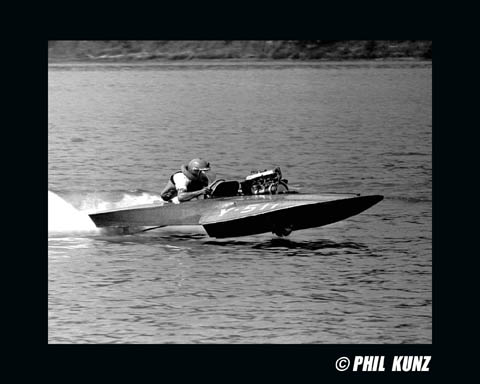 |
Y-
class
The 48 cubic inch class started in the late 1940's. The motors that were being installed in this hull class being the 44 cubic inch Crosley motor from the Crosley car. The motor was modified and used with either multi-carburetors or a fuel injection setup. No superchargers allowed. In the late 1950's and early 1960's, other motors were tried, including motorcycle engines. By the late 1960's and early 1970's the dominant engine was the Sunbeam 4 cylinder car motor. This motor was still winning races in 1994. In their early years the hulls had to be a minimum of 9 feet long. As the speeds increased the minimum length also increased. |
| T
- class
The "T" hydro class is the stock version of the "Y" class. It started in the early 1960's with 44 cubic inch stock Crosley engines. In the early 1970's they increased the motor size to 72 cubic inch so they could use the Datsun and Toyota engines as the Crosleys were getting harder to find and very difficult to get parts for. The hulls were the same length as the "Y" class. |
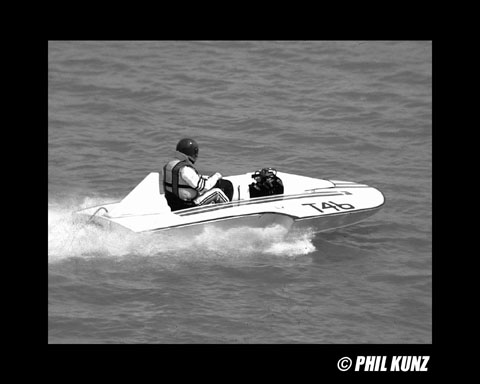 |
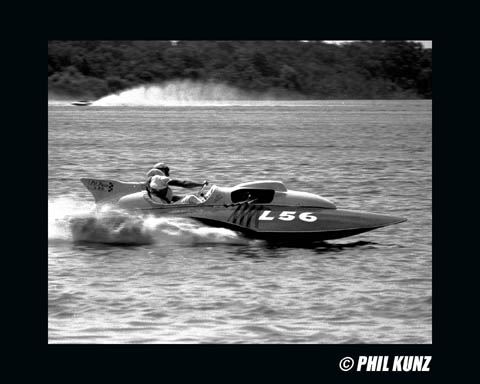 |
L
- class
The 91 cubic inch class started in 1936. The hulls had a 12 feet minimum length requirement. The motors were modified and even the use of double overhead cams were allowed. The most popular motors were Alfa-Romeos. There was also Harley-Davidson motorcycle engines used, as well as two Crosley automotive engines coupled together inline. In the late 1960's, this class had the motor's bore & stroke size increased to 98 cubic inches. The last year this class raced was 1977. |
| S
- class
The 136 cubic inch class was started in the early 1950's as the cheaper, stock version of the 135 cubic inch class. One, two-barrel carburetor running gasoline. Raceboat lengths requirements were the same size as the 135 class. This class also started with flatheads, then moved on to Falcons, Corvair, etc. |
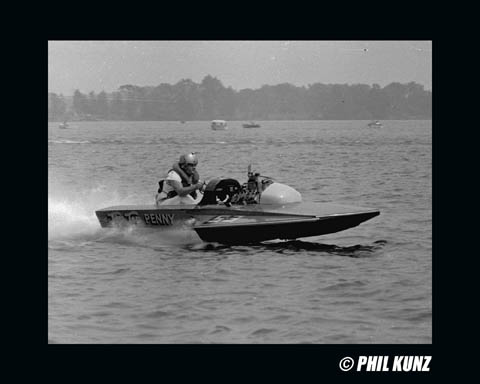 |
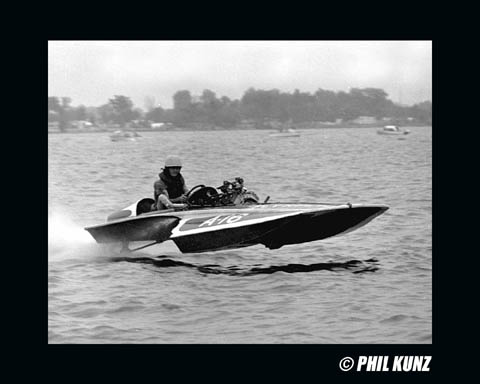 |
A
- class
The 135 cubic inch class started in the early 1930's at the 125 cubic inch motor size. After War World II, the class size changed to 135 ci in to allow the Ford flathead. Everything up to and including fuel injection was allowed. These modified motors dominated until the early 1960's when the Falcon 6-cylinder proved more efficient. In the years that followed, the cubic inch went up to 150 and the biggest variety of motors of any class were tried. These included the Buick 215 (de-stroked), Chevrolet 4, Ford 4, BMW 4 & 6, Fiero 4, Alpha-Romeo, Datsun, and Dodge slant 6 cyls., all of which have won races. Motors can be fuel injection, but no double overhead cams. In 1950, the class had a 13.5 feet minimum size requirement, but that was increased as the raceboats reach higher speeds. |
| CM
- class
3 Litre class was the Canadian equivalent as the 135/150 American class. The engines weren't quite as modified. |
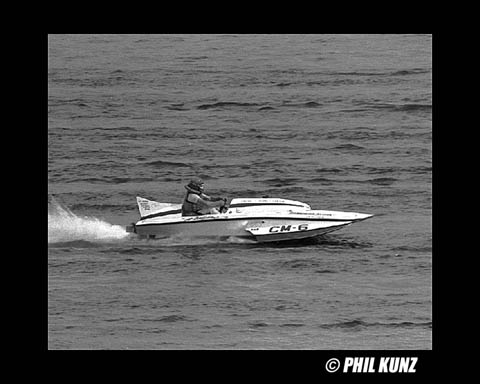 |
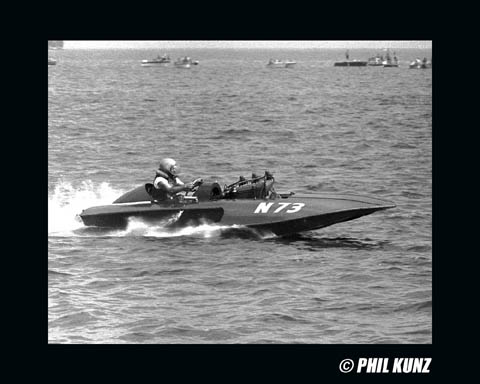 |
N
- class
225 cubic inch class began in 1947 with Chevrolet and Ford 6 cylinder automotive motors. By the late 1950's, the Studebaker V-8 was the dominant motor. By the early 1960's, the Buick 215and the Ford 221 were winning all the races up to the 1980's. The motors were allowed one venturi per two cylinders. On a V-8 motor, that meant either 4 single barrels, or two 2-barrels or one 4-barrel carburetor. The raceboat had a 16 feet length requirement. Class was changed to 4 Litre in the mid 1980's, then they merged with 6 litres in early 1990's. Class letter "N." |
| © 2001 Phil Kunz |